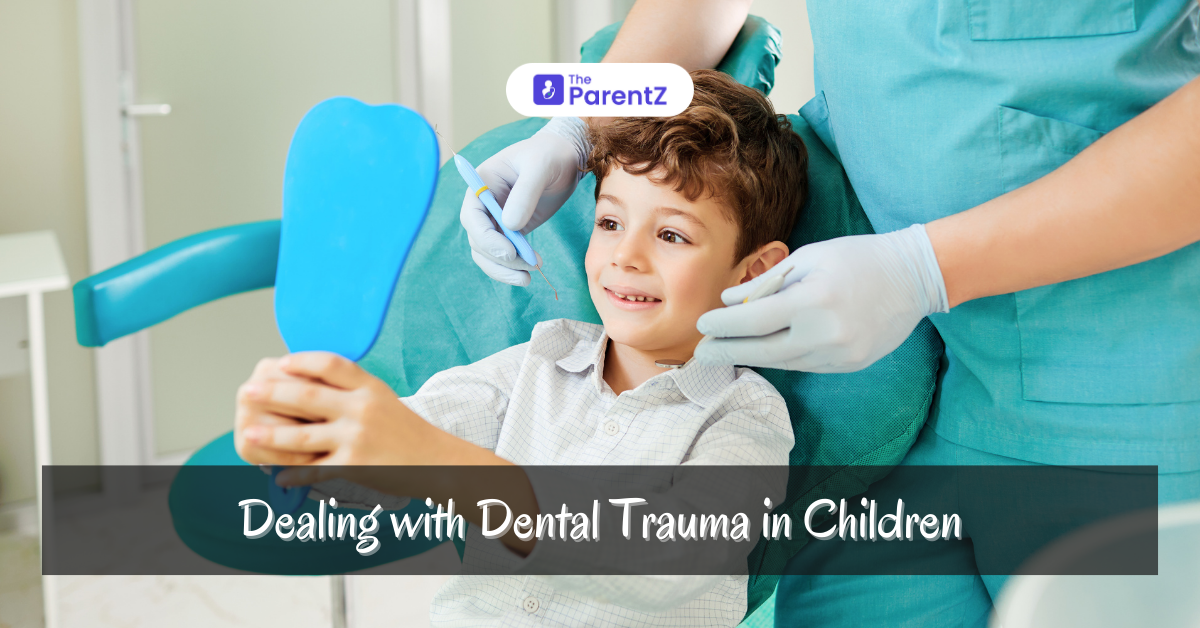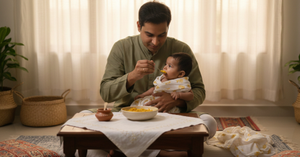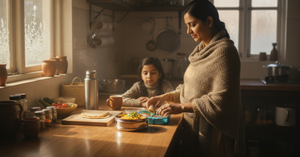Dental trauma is a common occurrence in children, with incidents ranging from minor chips to more severe injuries like tooth displacement or avulsion. As children explore the world, their active lifestyles make them prone to accidents, which can often involve their teeth. Understanding how to respond to these situations can significantly affect the outcome of the injury and the child’s long-term oral health. This article provides a comprehensive guide for parents and caregivers on dealing with dental trauma in children.
Types of Dental Trauma in Children
a. Chipped or Fractured Teeth:
Chipped teeth are common and can vary in severity. Minor chips may only affect the enamel, while more significant fractures can involve the dentin or pulp, causing pain and sensitivity.
b. Luxation Injuries:
These injuries occur when a tooth is displaced from its normal position. They can be classified as:
- Concussion: The tooth is tender but not displaced or mobile.
- Subluxation: The tooth is slightly mobile but not displaced.
- Lateral Luxation: The tooth is displaced sideways, often accompanied by a fracture of the surrounding bone.
- Intrusive Luxation: The tooth is pushed into the socket.
- Extrusive Luxation: The tooth is partially displaced out of the socket.
c. Avulsion:
An avulsed tooth is completely knocked out of its socket. This is a dental emergency, especially if it involves a permanent tooth.
Immediate Steps to Take After Dental Trauma
a. Stay Calm and Assess the Situation:
Calm the child and assess the extent of the injury. Check for any facial injuries, bleeding, or knocked-out teeth.
b. Control Bleeding:
If there is bleeding, use a clean cloth or gauze to apply gentle pressure to the area. Ice packs can help reduce swelling and pain.
c. Locate and Preserve the Tooth or Fragments:
For avulsed teeth or significant fractures, try to find the missing tooth or fragments. Handle the tooth by the crown (the top part), avoiding the root. If the tooth is dirty, rinse it gently with water, but do not scrub it or use soap.
d. Reimplantation of Avulsed Teeth:
For permanent teeth, if possible, attempt to reinsert the tooth into the socket and hold it in place. If this is not feasible, place the tooth in a container of milk, saline solution, or the child’s saliva to keep it moist.
Seeking Professional Dental Care
a. Contact a Dentist Immediately:
Regardless of the severity, contact a pediatric dentist as soon as possible. Timely treatment can significantly affect the prognosis, especially for avulsed or displaced teeth.
b. Provide Detailed Information:
Share details about the accident, the location of the injury, and the steps taken immediately after the trauma. This information will help the dentist provide the best care.
Long-term Care and Follow-up
a. Monitoring for Complications:
After the initial treatment, follow-up visits are crucial to monitor for complications like infection, tooth discoloration, or developmental issues in the case of injured permanent teeth.
b. Emotional Support:
Dental trauma can be a traumatic experience for children. Provide emotional support and reassurance, and consider counseling if the child exhibits anxiety or fear related to the incident.
c. Preventive Measures:
Encourage the use of protective gear like mouthguards during sports and educate children on safe play practices to prevent future injuries.
Conclusion
This guide aims to empower parents and caregivers with the knowledge to handle dental emergencies confidently. For any dental concerns, always consult with a qualified pediatric dentist who can provide expert care tailored to your child’s needs.









Be the first one to comment on this story.